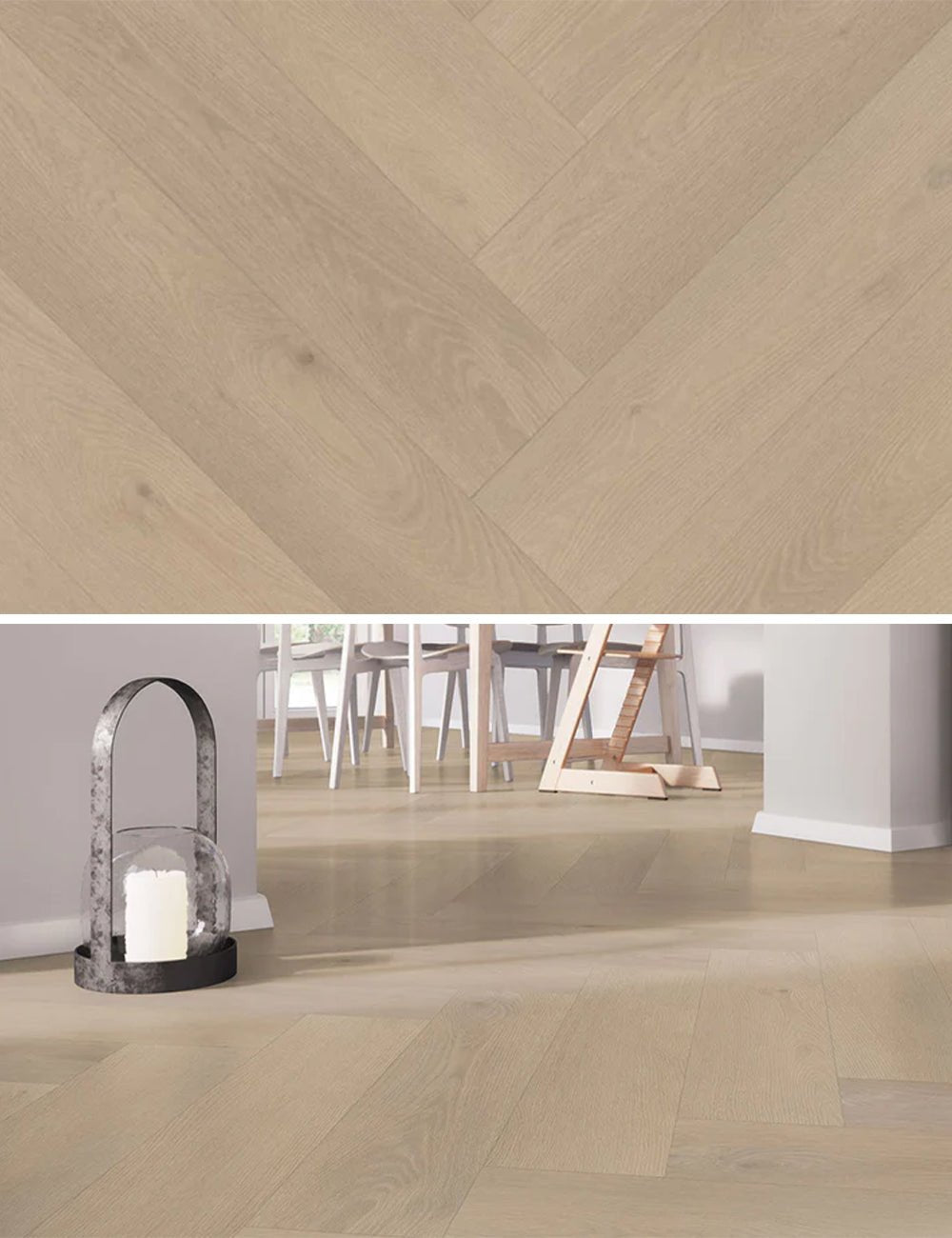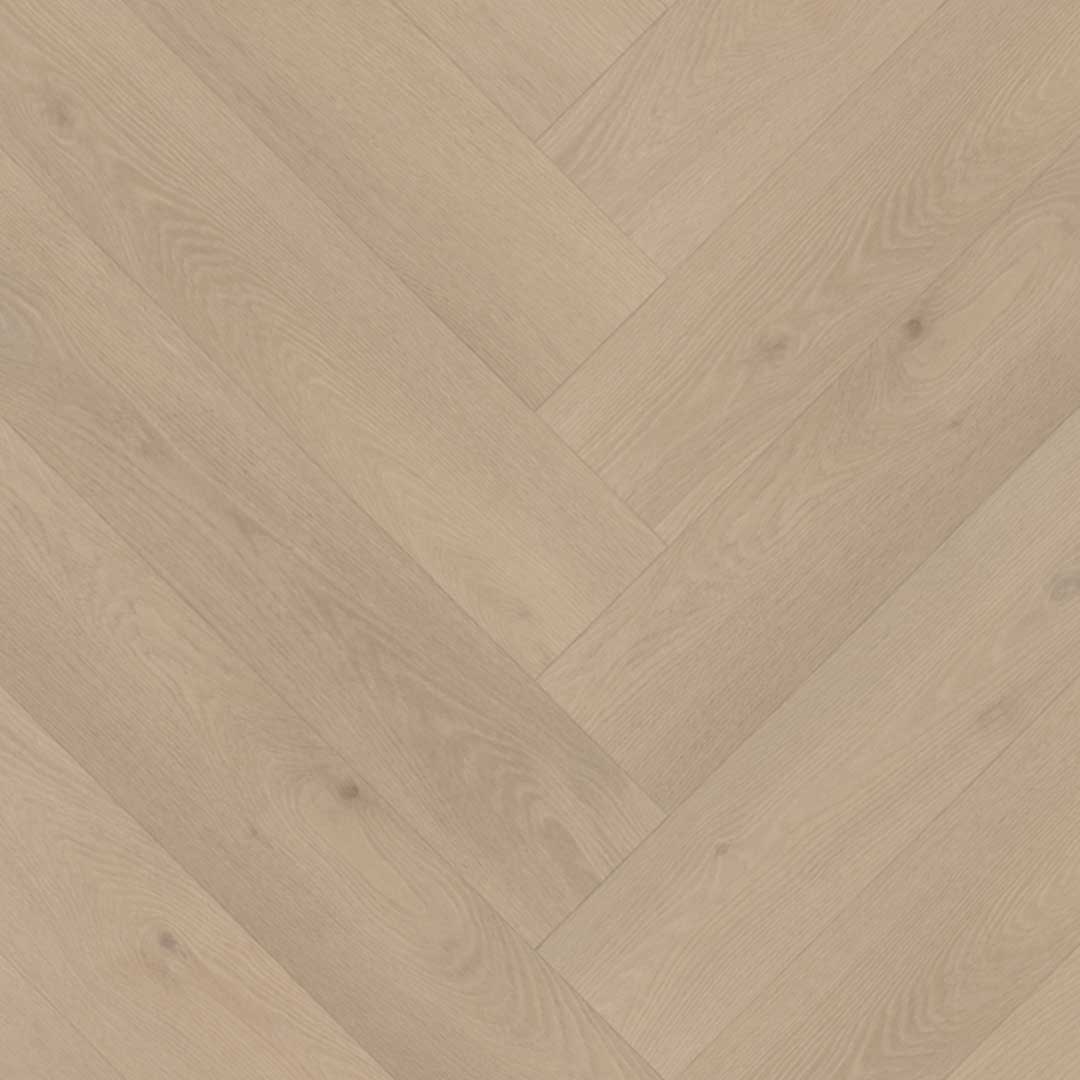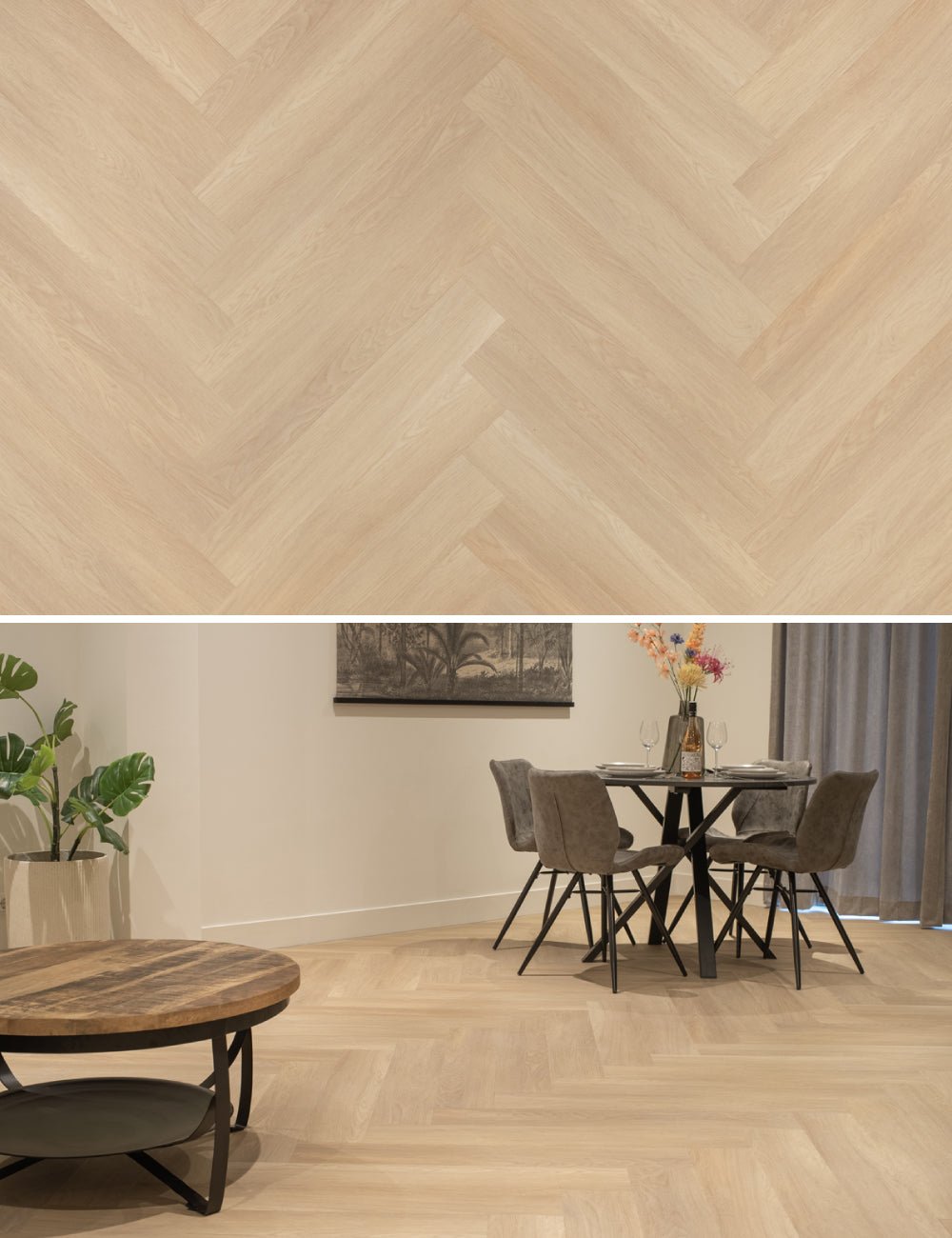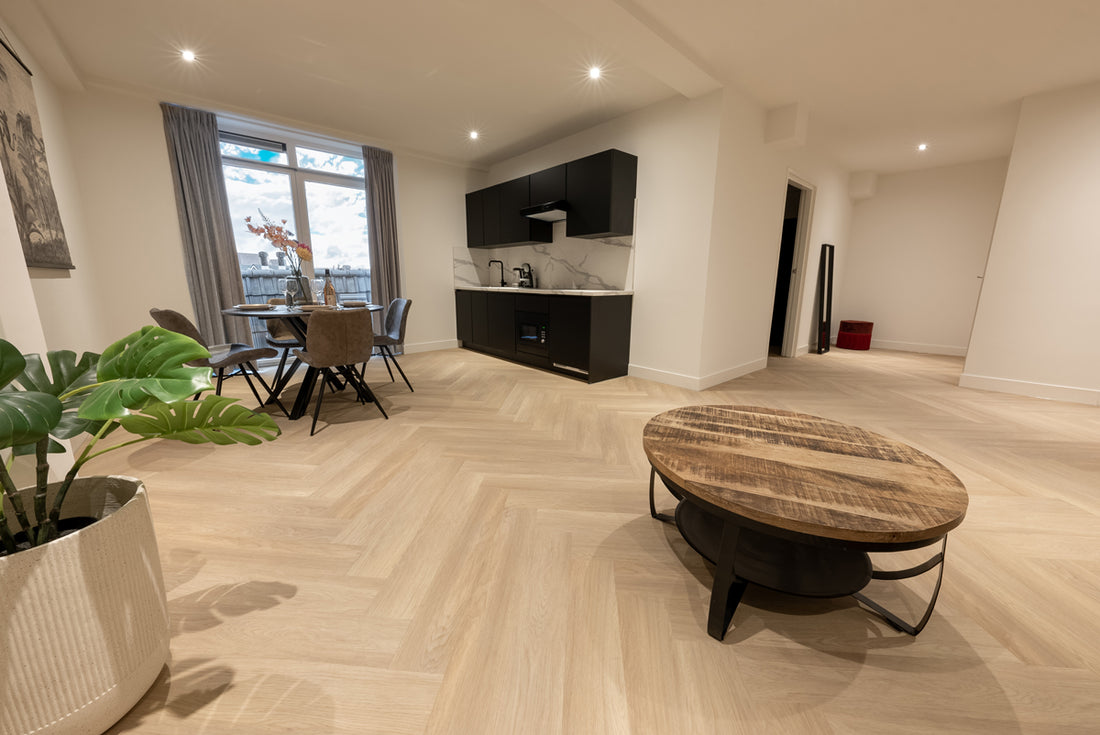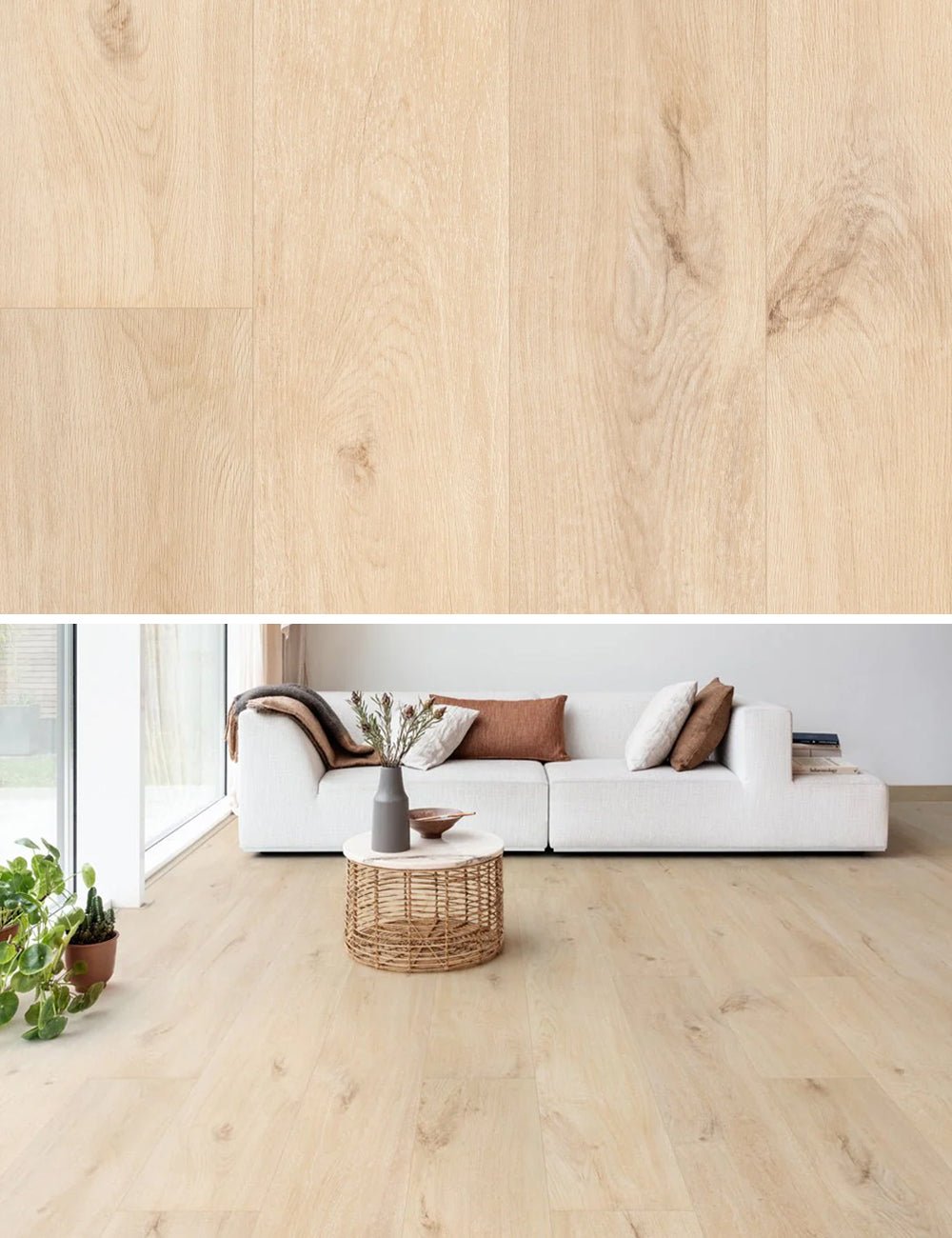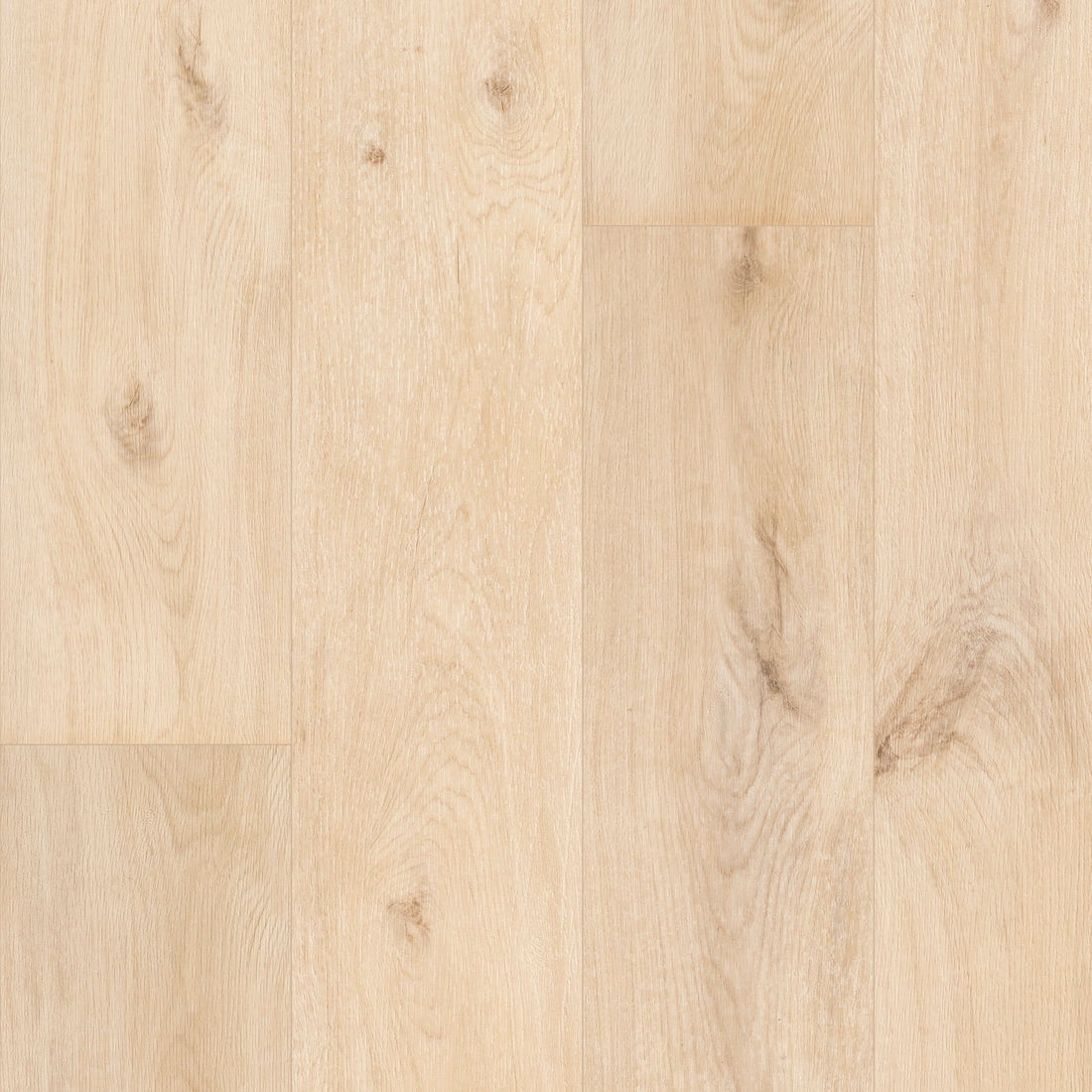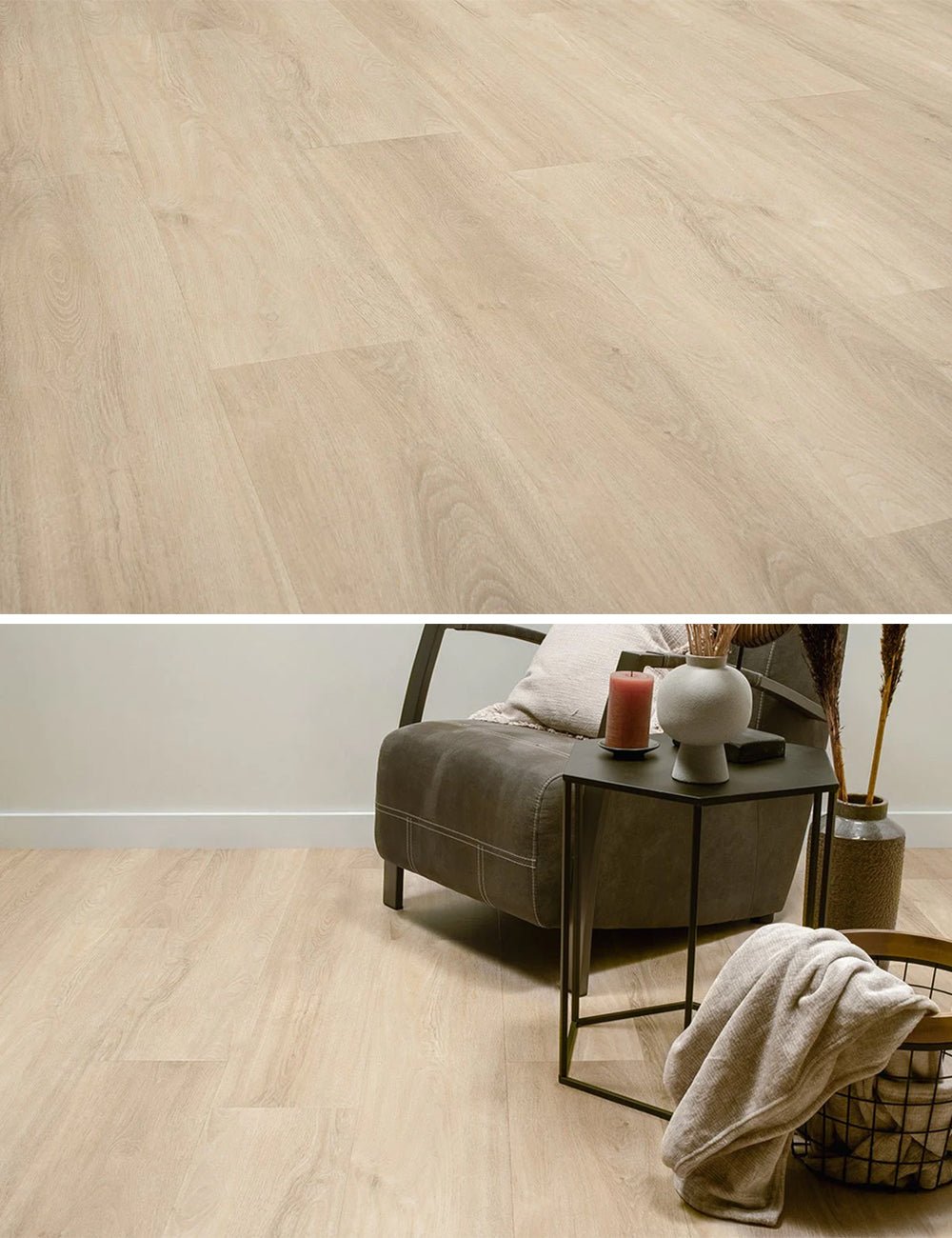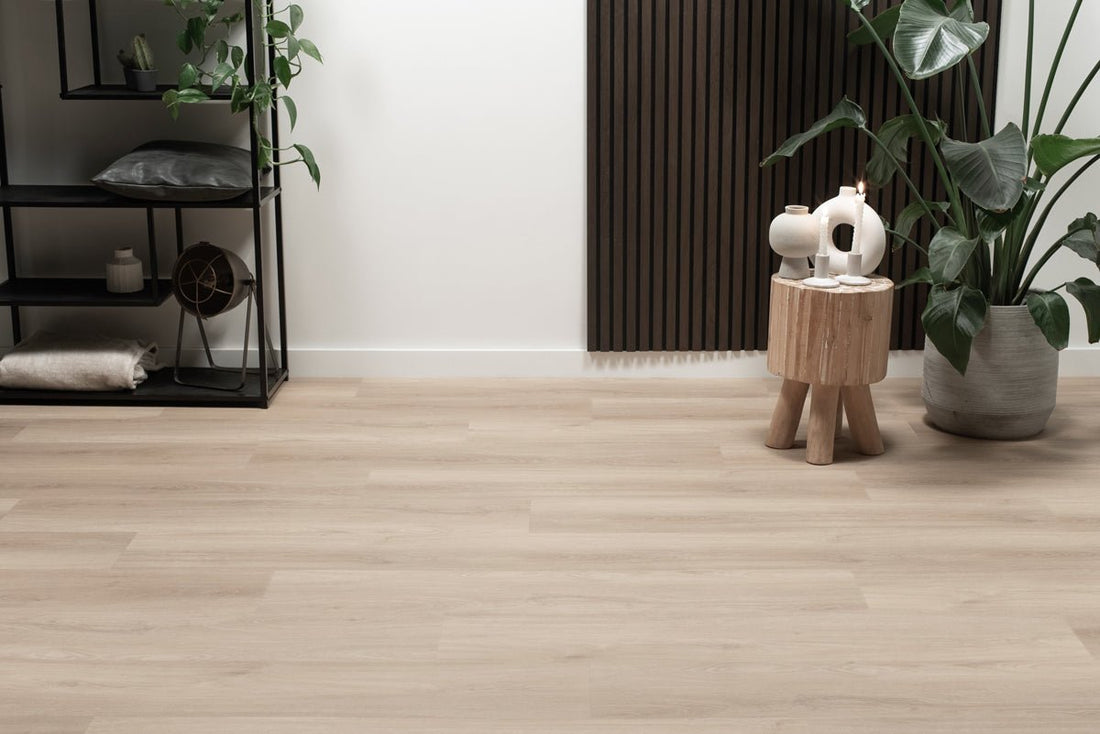Vinyl flooring
Filter
Gelasta Firmfit Dryback 6503 Sierra Brown
Gelasta Firmfit Herringbone Dryback 6601 Sierra Beige
Gelasta Firmfit Herringbone Dryback 6600 Sierra Light
Gelasta Firmfit Dryback 6503 Sierra Brown
Gelasta Firmfit Dryback 6502 Sierra Natural
Gelasta Firmfit Dryback 6501 Sierra Beige
Gelasta Firmfit Dryback 6500 Sierra Light
Gelasta Vario Special 3805 Eiche geräuchert, hell, ungarischer Punkt, Dryback
Gelasta Vario Special 3804 Eiche Hell Ungarischer Punkt Dryback
Gelasta Nova Rigid Click 7403 Artic Graphite
Gelasta Nova Rigid Click 7402 Artic Pebble Grey
Gelasta Nova Rigid Click 7401 Arktischer Beton
Gelasta Nova Rigid Click 7400 Artic Sand
Gelasta Nova XL Dryback 6403 Artic Graphite
Gelasta Nova XL Dryback 6402 Artic Pebble Grey
Gelasta Nova XL Dryback 6401 Artic Concrete
Gelasta Nova XL Dryback 6400 Artic Sand
Gelasta Nova Dryback 6303 Artic Graphite
Gelasta Nova Dryback 6302 Artic Pebble Grey
Gelasta Nova Dryback 6301 Arktischer Beton
Gelasta Nova Dryback 6300 Artic Sand
Gewelsta Oakland Herringbone Rigid Click 7204 Geräuchert
Gewelsta Oakland Herringbone Rigid Click 7202 Desert
Gelasta Oakland Herringbone Rigid Click 7201 Natural
- Featured
- Best selling
- Alphabetically, A-Z
- Alphabetically, Z-A
- Price, low to high
- Price, high to low
- Date, old to new
- Date, new to old
Are they PVC floors or vinyl floors?
A vinyl floor, also known as PVC floor, is a modern and versatile floor covering that is popular in both the Netherlands and Belgium. These floors are made of multiple layers of synthetic material, of which vinyl is an essential part. The similarity between vinyl flooring and PVC flooring is that they both use polyvinyl chloride (PVC), a durable and resilient material that ensures their durability and resistance to wear. The difference in terminology between the Netherlands and Belgium - often referring to "PVC floors" in the Netherlands and "vinyl floors" in Belgium - does not detract from the quality and functionality of these floors. They are available in a variety of designs and textures, making them perfect for both residential and commercial spaces, offering a low-maintenance and attractive flooring solution that will last.
Häufig gestellte Fragen zu Vinyl flooring
Was sind Vinylböden?
Vinylböden sind synthetische Böden aus mehreren Schichten Kunststoff (PVC). Sie sind für ihre Langlebigkeit, Wasserbeständigkeit und Designvielfalt bekannt. Vinylböden sind in zahlreichen Mustern und Farben erhältlich, darunter in Holz-, Stein- und Betonoptik.
Was sind die Vorteile von Vinylböden?
Vinylböden bieten viele Vorteile. Sie sind strapazierfähig, angenehm zu begehen und wasserabweisend, weshalb sie sich auch für Feuchträume wie Küchen und Bäder eignen. Darüber hinaus sind sie schalldämmend, pflegeleicht und oft günstiger als Naturmaterialien wie Holz oder Stein.
Sind Vinylböden für Fußbodenheizung geeignet?
Ja, Vinylböden sind optimal für Fußbodenheizungen geeignet. Sie leiten die Wärme gut und bleiben komfortabel. Wichtig ist, dass der jeweilige Vinylboden auf eine Fußbodenheizung geprüft wird und auf einem ebenen Untergrund verlegt wird.
Wie werden Vinylböden verlegt?
Die Verlegung von Vinylböden kann je nach Boden und Untergrund durch Verkleben oder lose Verlegung erfolgen. Bei der Verlegung per Klebung ist es wichtig, dass der Untergrund absolut eben und sauber ist. Lose verlegte Vinylböden sind häufig mit einer Anti-Rutsch-Unterlage versehen.
























































